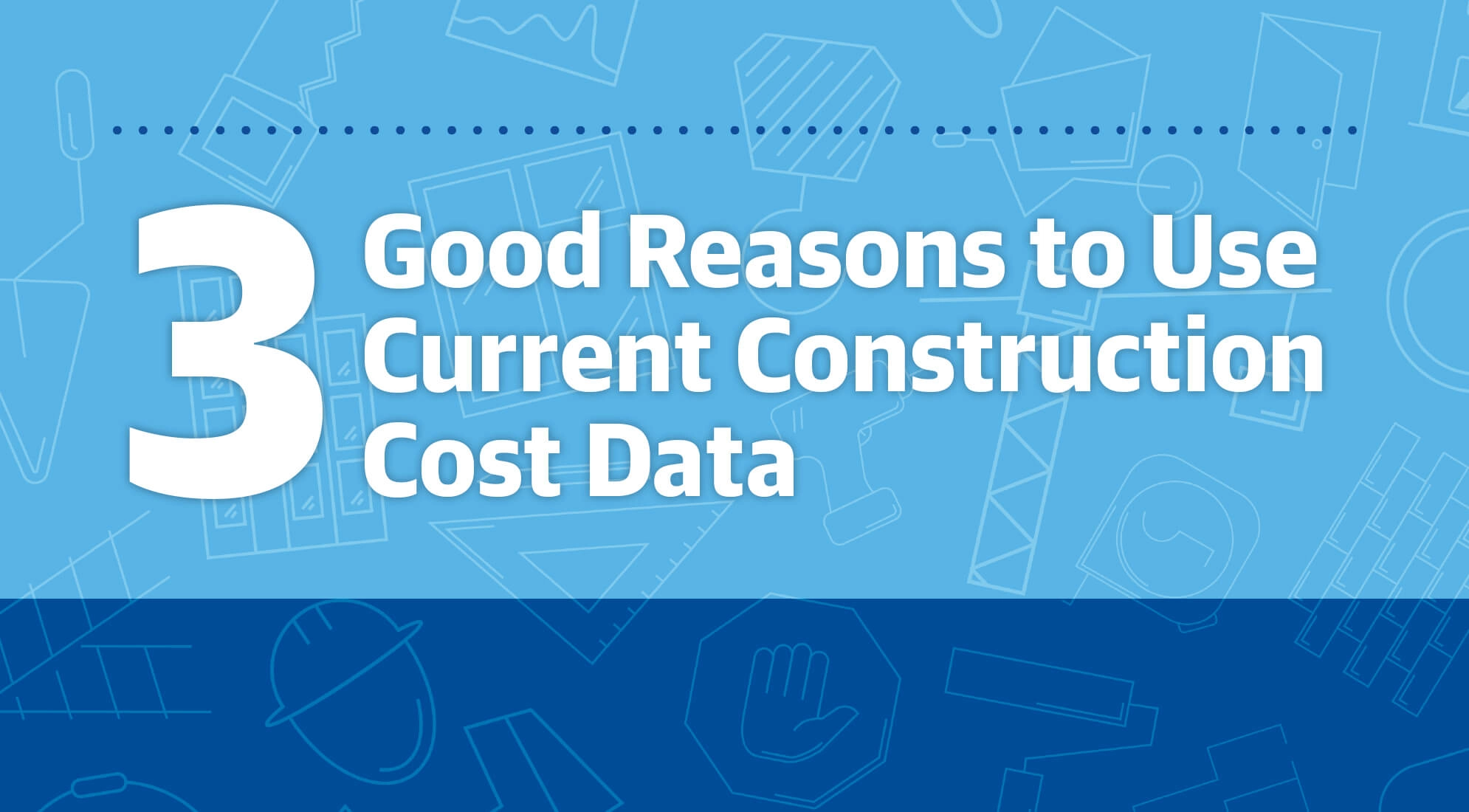In last month’s 2020 Construction Cost Changes webinar, we mentioned that stainless steel costs grew by 7% from 2019 to 2020. To put that into real dollars, type 304 stainless steel sheeting cost $4.66 last year but costs $5.00 this year. Thirty-four cents might not seem like a significant increase on the surface, but when you multiply the difference by the amount of material you’ll need, that little cost hike adds up quickly.
We received a handful of questions from industry professionals — from project owners to estimators and contractors — about what’s causing stainless steel costs to increase, so we’re giving you a peek into some of the contributing factors identifiedby our construction cost data engineers. Here are four reasons that stainless steel costs more in 2020.
1. Steel Fabrication Costs
Globally, raw material prices for steel are actually dropping. So acquiring ready-to-fabricate steel will be comparatively cheaper this year as opposed to last year in most places. But as soon as that material hits the fabrication facilities, the price will go up dramatically. That’s because fabrication costs are continuing their recent rises.
Fabrication costs are largely influenced by wage rates and the energy required to shape, cut, drill and weld. While some steel used in the U.S. is produced overseas, most of it is made domestically. This means that fabrication wages for the majority of our steel products will follow the rise and fall of the national labor market, which is growing (more on that later). And while green technology is starting to reduce energy costs for many businesses, steel fabrication facilities require an impressive amount of power to operate.
2. Installation Labor
Installation costs, like fabrication costs, are directly linked to wages. There is an important difference, though. Steel fabrication might take place overseas, where wage rates can be much lower than the U.S., but installation happens on American soil. And domestic wage rates are projected to continue their hike upward from 2019, when median weekly earnings increased 4%, according to the Bureau of Labor Statistics.
Although the actual wage increases this year may not be as strong as last year, with most projection models predicting a 3% increase for 2020, it seems certain that installation labor will again cost more this year compared to last year. The current employment levels in the U.S. have also created a shortage of available labor. This means that employers are paying extra to secure and keep workers on staff. Areas more affected by the labor shortage will likely see a correlating bump in installation costs.
3. Transportation Costs and Tariffs
Over its life, stainless steel is moved from the steel mill to the fabricator then on to the job site. Each mile the material moves will add more to its cost. In addition to wages for drivers, transportation costs, including fuel, equipment maintenance and insurance coverage, tend to go up year over year. The providers will inevitably pass those costs along to the end user in the form of material price increases.
Import taxes and duties, which include tariffs, also factor into transportation costs. As you are undoubtedly aware of, the U.S. is currently carrying tariffs on steel imports against many nations. Surprisingly, though, our latest indications are that these tariffs haven’t had a significant impact on any type of steel costs. There are two key reasons why this is the case.
First, the market for imported steel in the U.S. is small. As we stated before, the majority of the steel we use for building is produced domestically. Second, tariffs don’t change the normal ebb and flow of costs throughout a given year. Material costs often rise or fall by some percentage during a time period, and the current steel tariffs haven’t caused those fluctuations to exceed normal levels.
4. Supply and Demand
Like all traded goods, construction materials are subject to the laws of supply and demand. If you look around the landscape of any large city or airport in the United States, you’ll likely notice an enormous amount of construction activity. U.S. construction spending has continuously grown over the past eight years, from about $850 million spent on new buildings in 2011 to about $1.3 trillion in 2018, and is now at an all-time high. And with all that construction activity, the demand for construction materials is constant.
That can put a strain on mills and fabrication shops to keep up with demand. The mills and shops, in turn, adjust their prices to govern the amount of work being asked of them. If they keep prices too low as demand continues to increase, they risk taking on more orders than they can deliver. Raising the price slows the flow of orders just enough to keep production at sustainable levels.
All of these things attributed to the increase in stainless steel costs in 2020, but there are still additional factors. In reality, this is only a small sample of the different influencers that our data engineers track constantly. Their cost analysis models cover many more than we could delve into here, as evidenced by the collective 22,000 hours they spend each year researching and validating our cost data. That diligence and expertise is what ensures that RSMeans Data is a firm foundation for your business to stand on.






